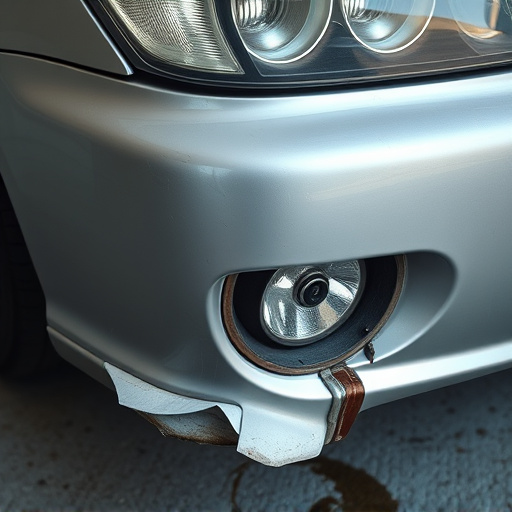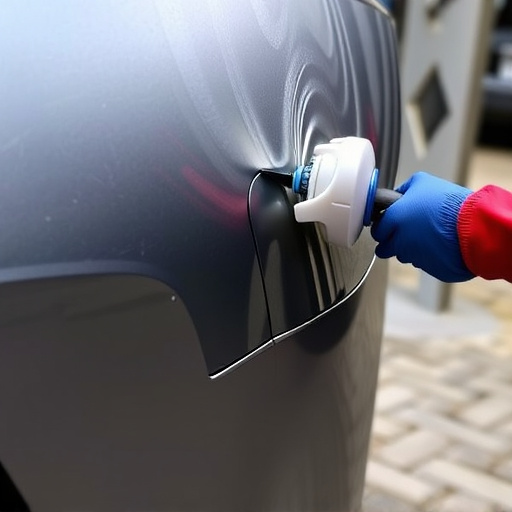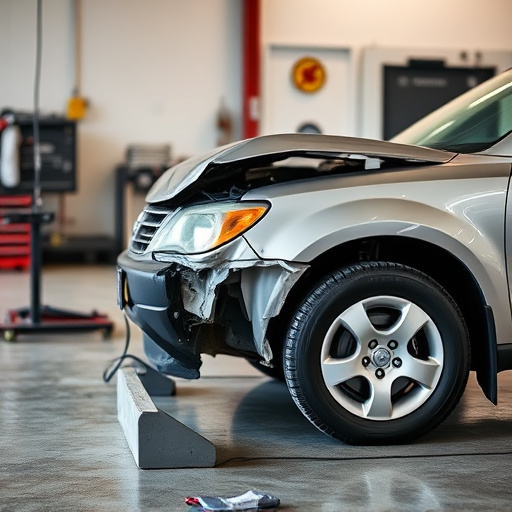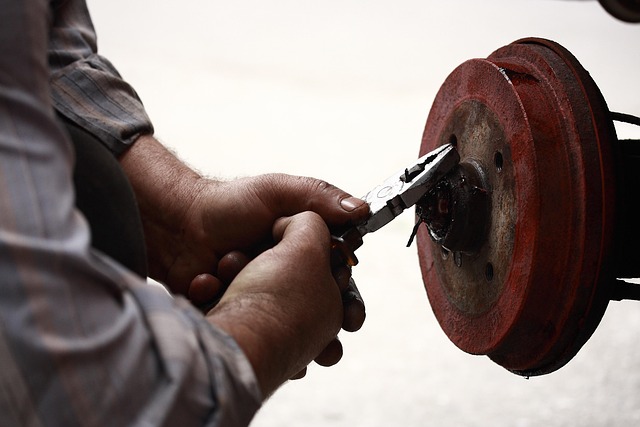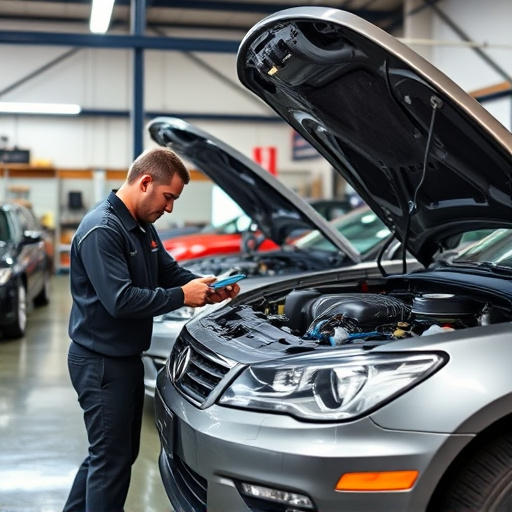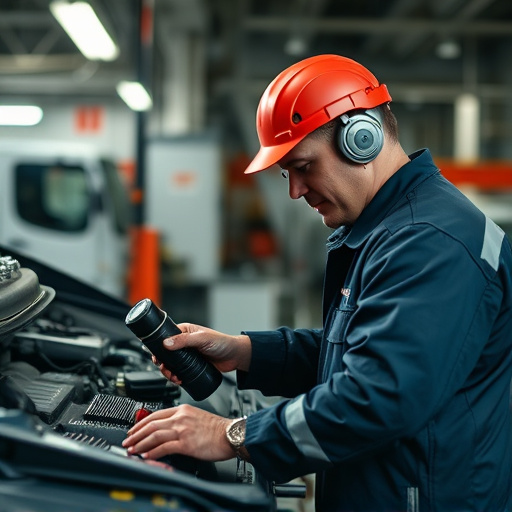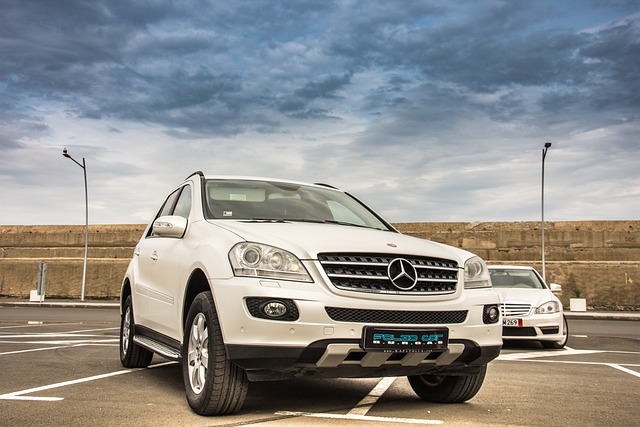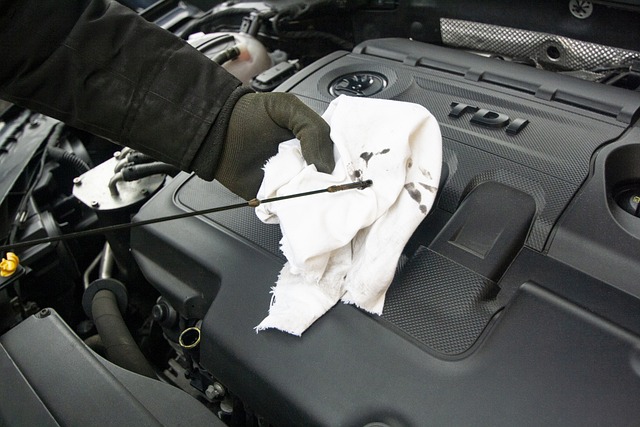ADAS recalibration glass is an advanced technology integral to modern vehicles' safety systems, enabling precise calibration for features like adaptive cruise control, lane-keeping assist, and automatic emergency braking. This specialized glass ensures accurate sensor readings by providing clear visibility and maintaining structural integrity during dent removal, enhancing both safety and cosmetic perfection. Its use by auto body repair professionals streamlines the recalibration process, reducing downtime and extending the lifespan of critical ADAS systems.
The integration of Advanced Driver-Assistance Systems (ADAS) is transforming modern vehicles, enhancing safety and improving driving experiences. At the heart of this technology lies a critical component: ADAS recalibration glass. This innovative glass plays a pivotal role in ensuring the precise functioning of sensors and cameras, fundamental to ADAS features like adaptive cruise control and lane-keeping assist. In this article, we explore the technology behind ADAS recalibration glass, its benefits for new vehicles, and the importance of proper calibration for optimal safety and performance.
- Understanding ADAS Recalibration Glass Technology
- Advantages of Using Recalibrated Glass in New Vehicles
- Ensuring Safety and Accuracy Through Glass Calibration
Understanding ADAS Recalibration Glass Technology
ADAS Recalibration Glass is an advanced technology designed to play a pivotal role in modern vehicles’ safety systems. This specialized glass goes beyond traditional auto glass, offering precise calibration capabilities for Advanced Driver-Assistance Systems (ADAS). With the integration of sensors and cameras, new vehicles are equipped with features like adaptive cruise control, lane-keeping assist, and automatic emergency braking. However, these systems require periodic recalibration to maintain optimal performance, ensuring accurate sensor readings and reliable warnings.
This is where ADAS Recalibration Glass comes into play. It enables the auto repair shop to perform precise adjustments during vehicle restoration, aligning with the vehicle’s frame straightening process. By facilitating frame straightening, this technology ensures that sensors are correctly positioned and calibrated, enhancing the overall safety and efficiency of ADAS features. This innovative solution is a game-changer for both vehicle manufacturers and auto repair shops, as it streamlines the recalibration process, reducing downtime and potentially extending the lifespan of these critical safety systems.
Advantages of Using Recalibrated Glass in New Vehicles
Using ADAS recalibration glass in new vehicles offers numerous advantages. This specialized glass is designed to meet the exacting specifications of Advanced Driver-Assistance Systems (ADAS), ensuring optimal performance and accuracy. Unlike standard glass, it’s crafted with precision, allowing for precise calibration and alignment, which is crucial for features like adaptive cruise control, lane-keeping assist, and automatic emergency braking.
In a vehicle body shop, the installation of this high-quality glass is a seamless process. It replaces the original equipment and provides clear, distortion-free visibility—essential for driver confidence. Moreover, it aids in achieving flawless car dent removal, ensuring not just cosmetic perfection but also maintaining the structural integrity of the vehicle. For luxury vehicle repair enthusiasts, ADAS recalibration glass represents a game-changer, enabling them to deliver top-tier services that combine safety and style.
Ensuring Safety and Accuracy Through Glass Calibration
In modern vehicles equipped with Advanced Driver Assistance Systems (ADAS), ensuring accurate sensor readings is paramount for safety and effectiveness. ADAS recalibration glass plays a crucial role in maintaining the precision of these critical systems. The glass acts as a reference point for calibrating sensors like cameras, LiDAR, and radar, which power features such as adaptive cruise control, lane keeping assist, and automatic emergency braking. Any distortion or damage to the glass can introduce inaccuracies into the ADAS algorithms, leading to potential safety risks on the road.
Regular calibration ensures that these systems function optimally, enhancing overall driving safety. Professionals in auto body repairs emphasize the importance of replacing or recalibrating the glass if it shows signs of damage or when a car undergoes significant structural repairs, such as dent removal. Vehicle repair services that specialize in ADAS recalibration employ sophisticated equipment to precisely measure and adjust the glass, guaranteeing not only accurate sensor readings but also adhering to manufacturer specifications for optimal system performance.
ADAS recalibration glass is a game-changer for new vehicle technology. By integrating this innovative solution, automakers can ensure optimal performance and precision of Advanced Driver Assistance Systems (ADAS). The benefits are clear: enhanced safety features, improved accuracy in sensor readings, and a seamless driving experience. With proper calibration, this technology promises to revolutionize the way we navigate our roads, making every journey safer and more efficient.
